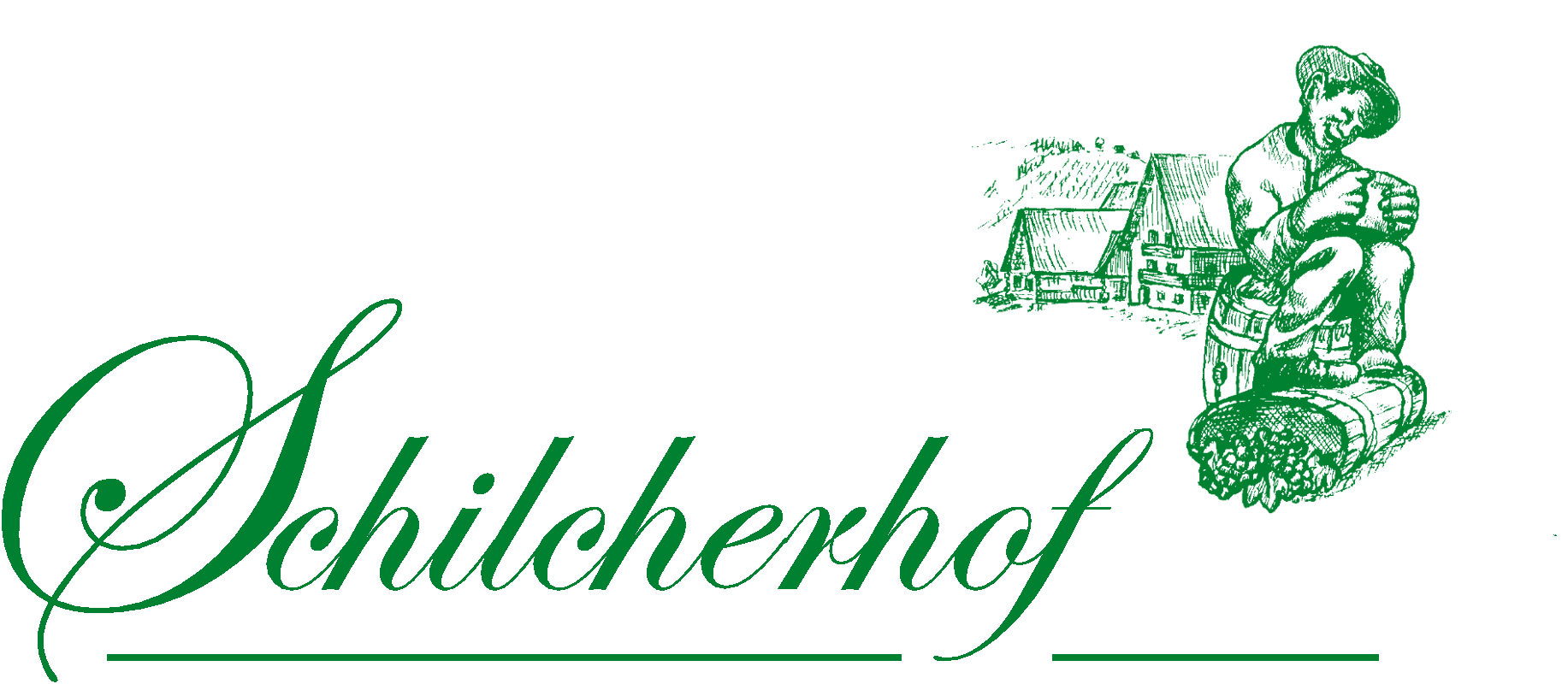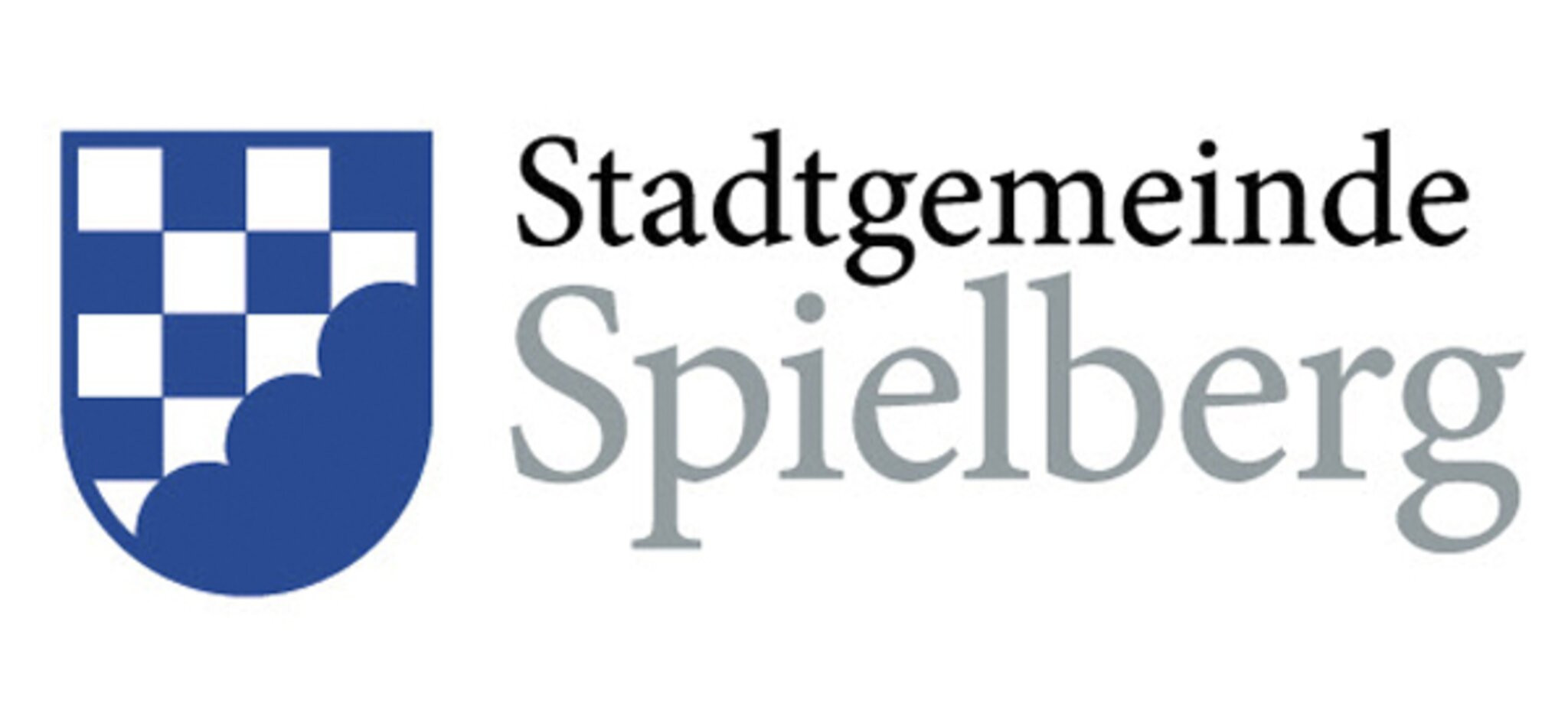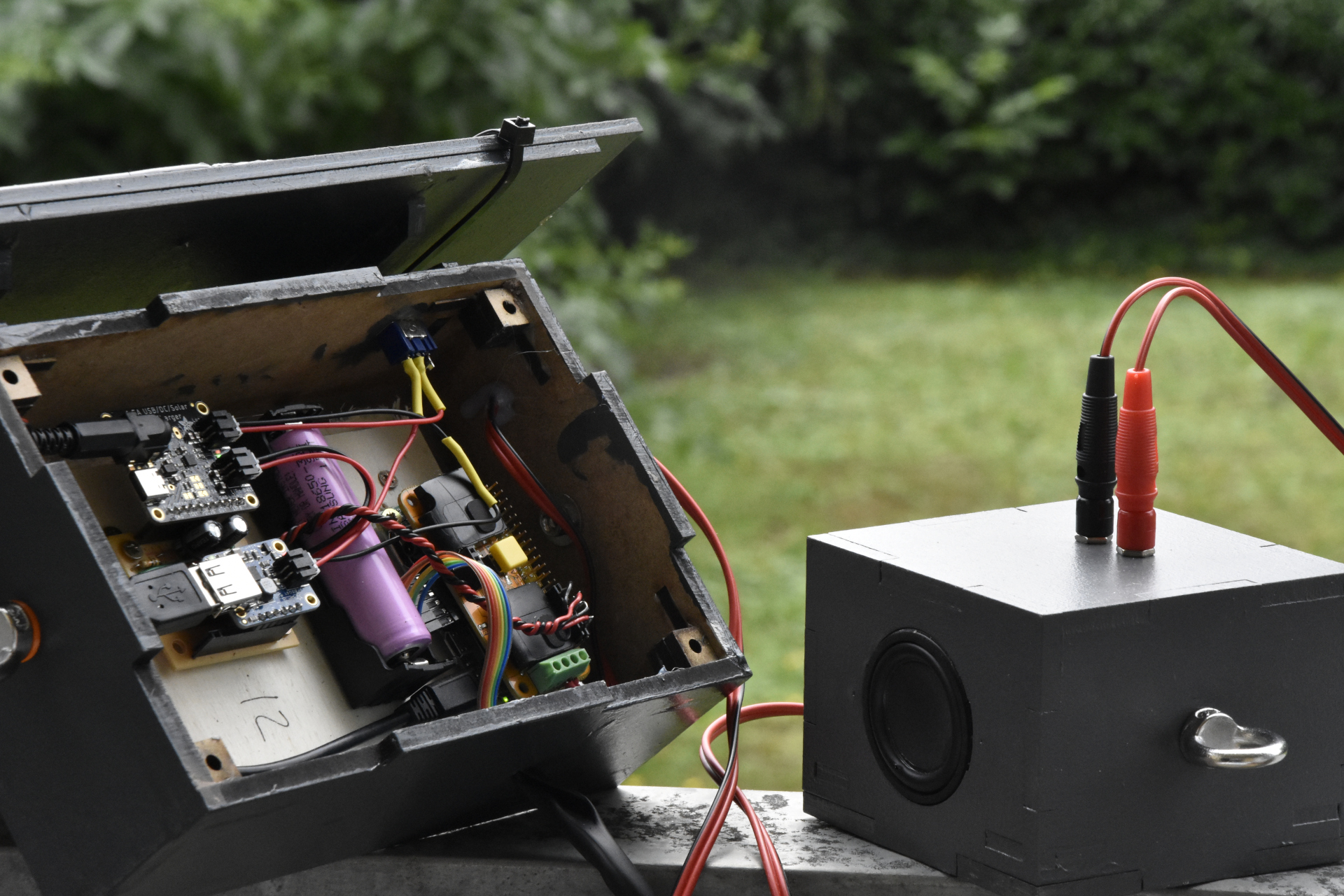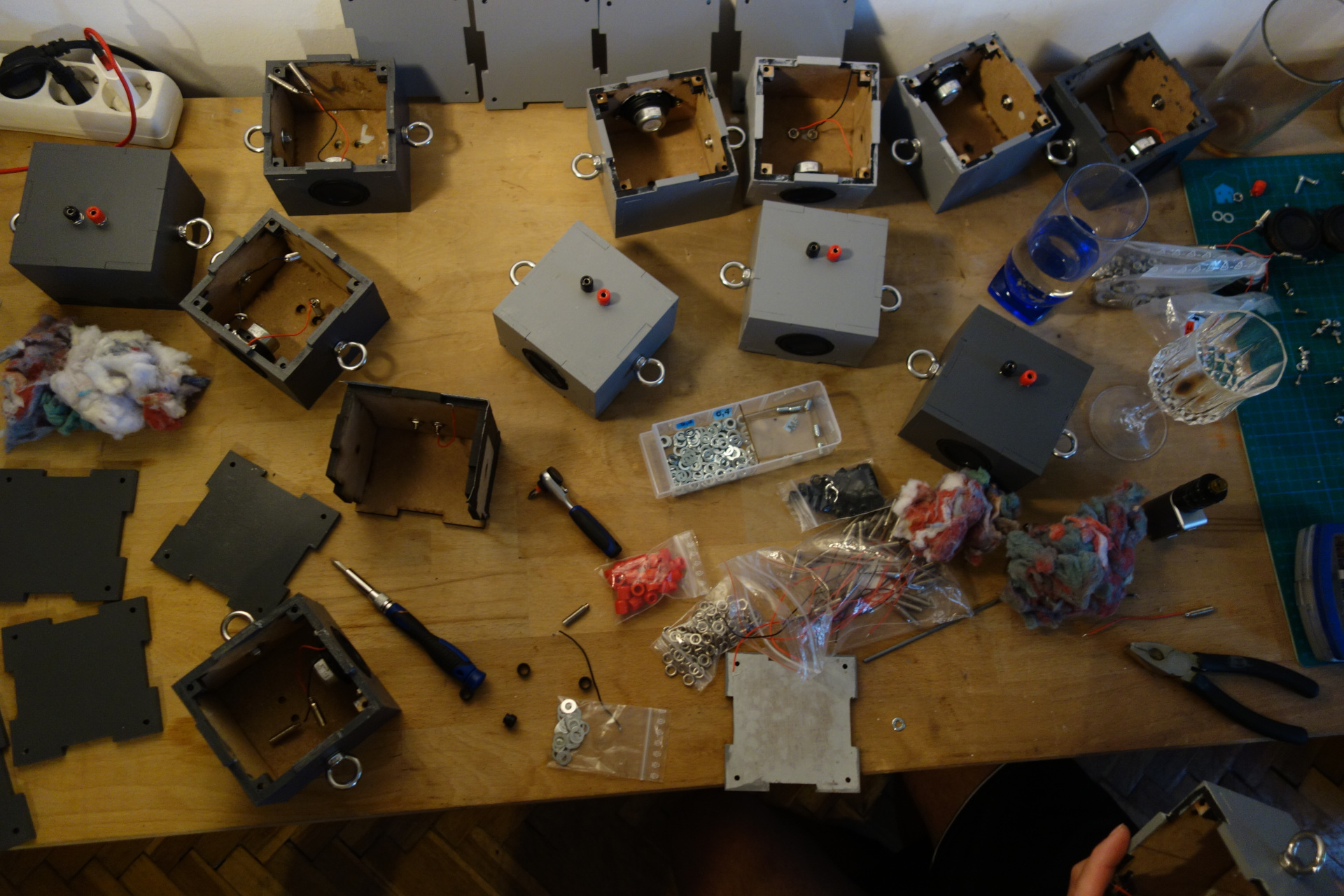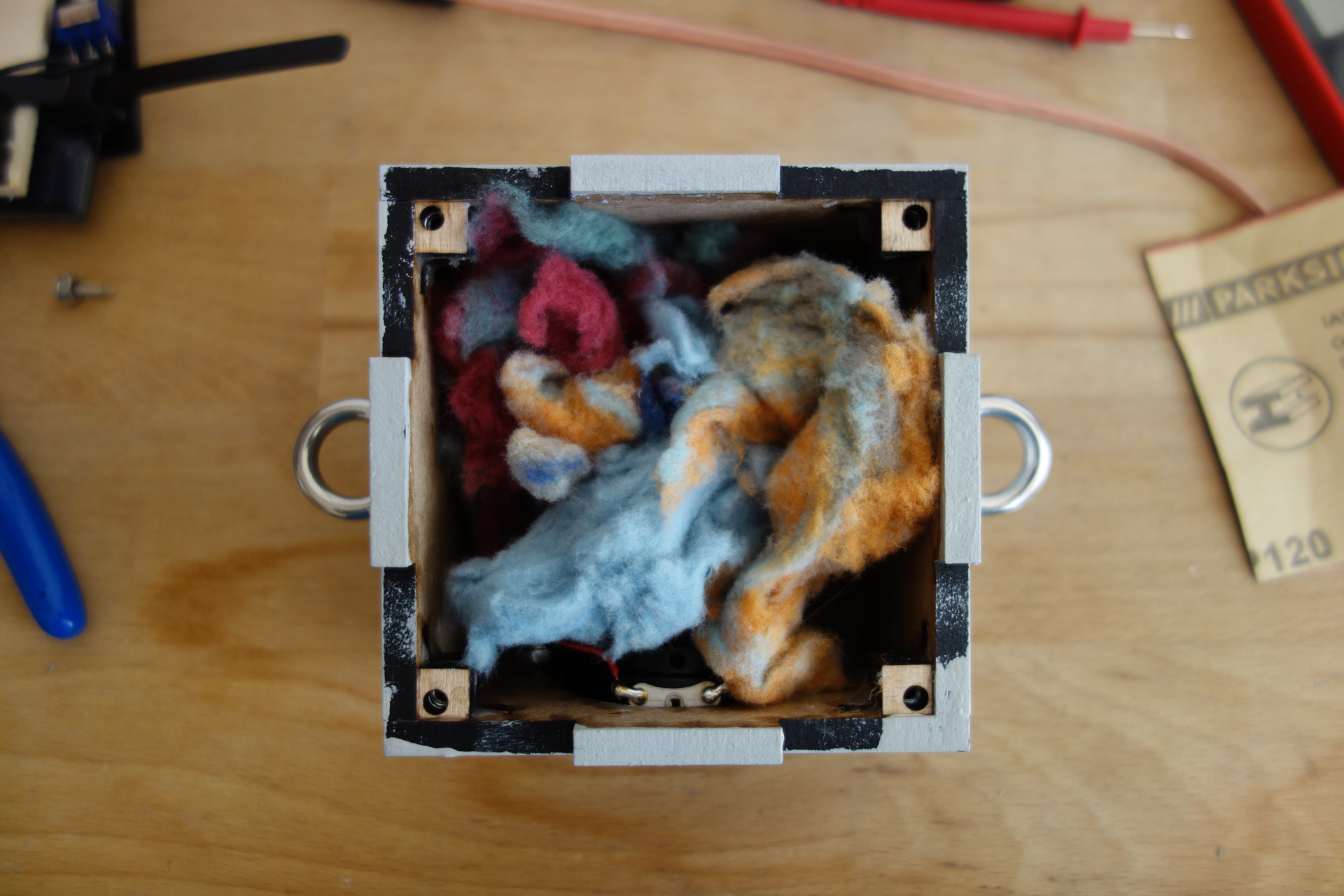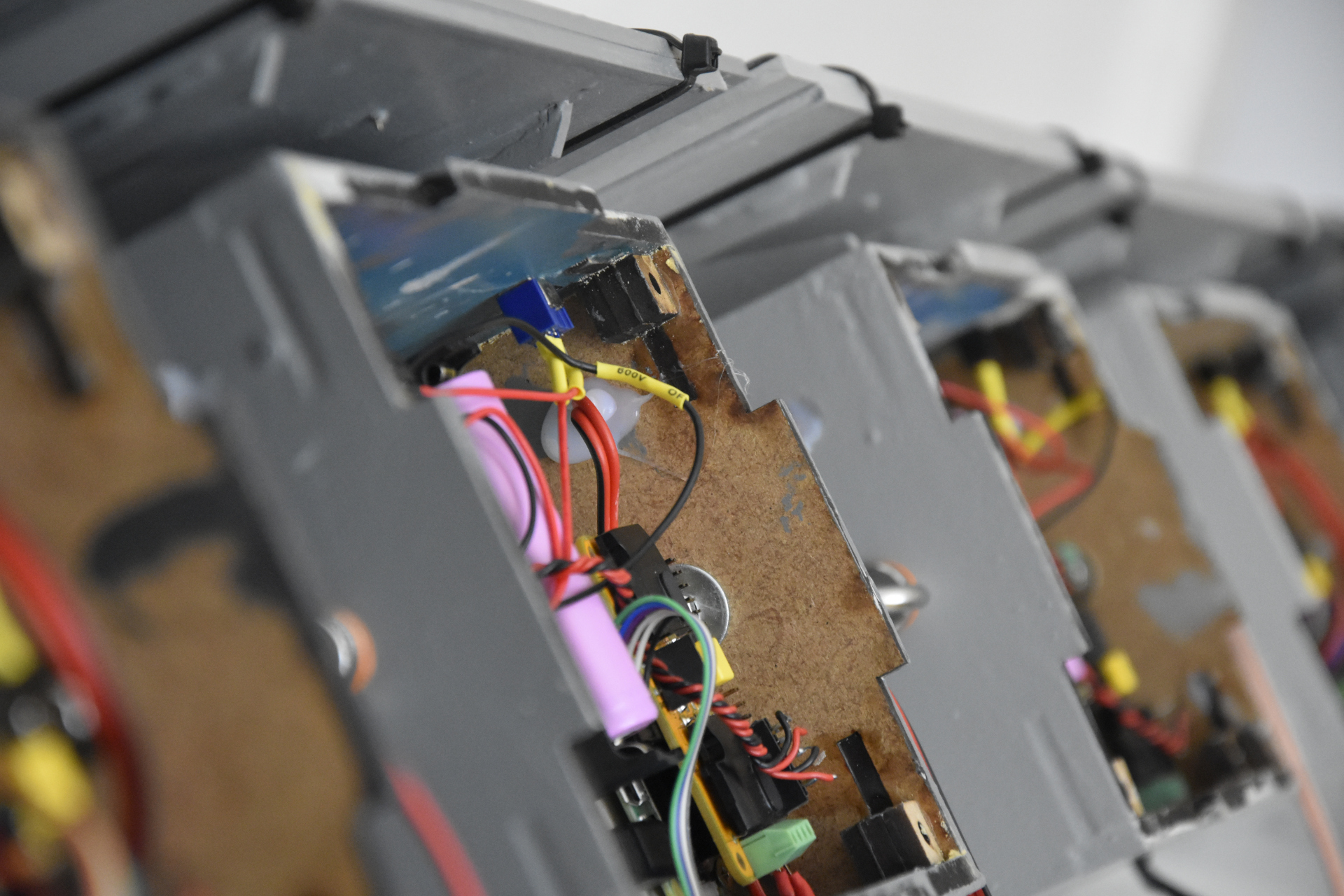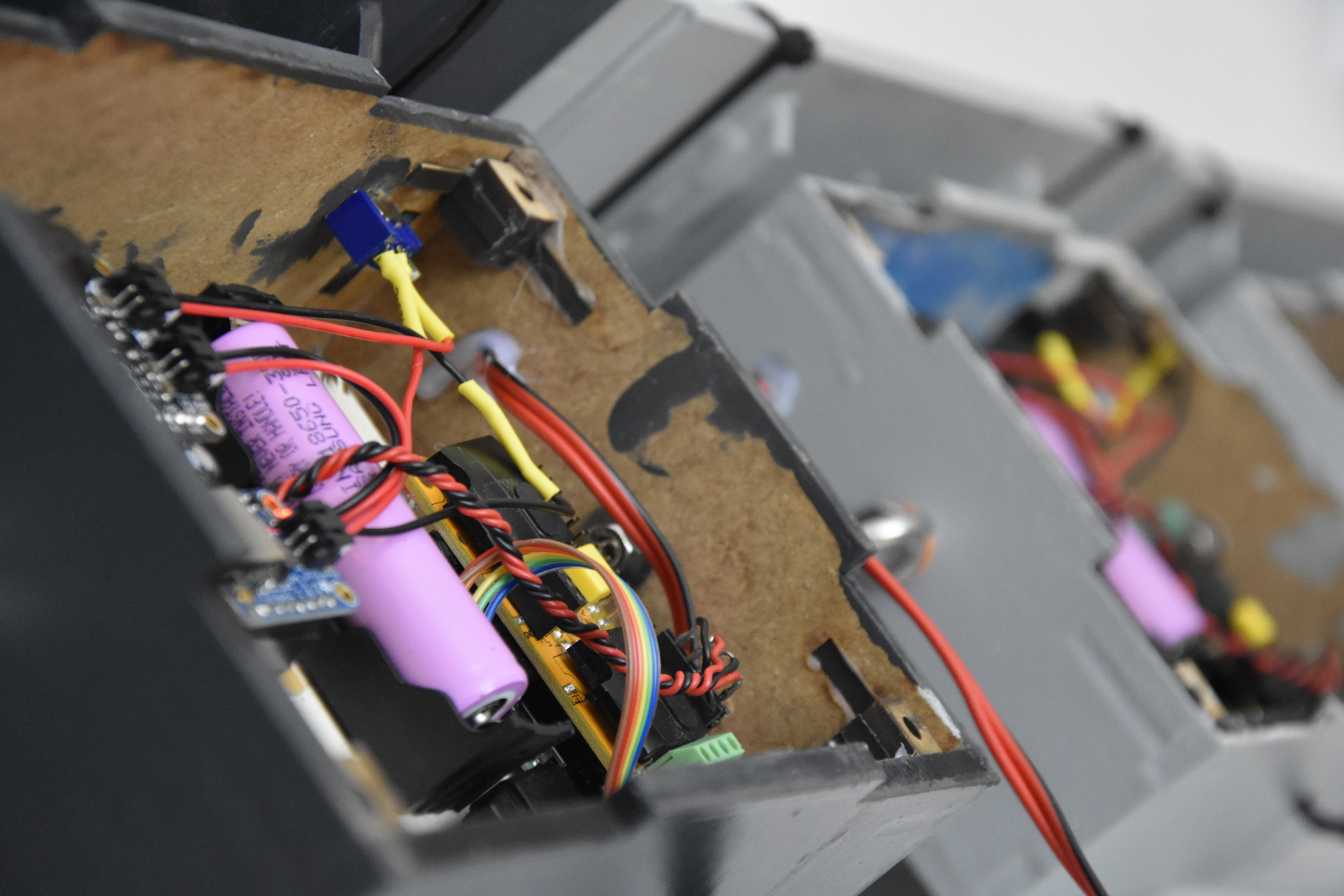Video Documentation
Background
The project “Klangnetze” is a collaboratively developed, site-specific sound installation that sonically connects various locations in Styria. It takes the notion of network as an aesthetic and conceptual starting point.
Networks have become a part of collective thought today. We spend a steadily increasing part of our work and leisure time within digital networks, At the latest since the COVID-19 pandemic it has become clear how we all lead our lives within one or more networks, how we depend on them, live in and through them, perceive them, conduct relationships and work.
Networks have long been a central concept not only in technical or scientific contexts; designing, structuring, and controlling networks has evolved beyond that and become a primary tool that is also present in political, social, economic, and cultural contexts that define our everyday lives. Networks are used to control, eavesdrop, and measure technologies that we use and that at the same time control us and to which we are exposed to some degree.
However, the idea of the network itself is free from these socially negative aspects. Starting with Euler’s famous essay “The Seven Bridges in Königsberg,” the concept of the network became established as early as the 1800s as a means of viewing and describing complex systems. These are systems that consist of many parts or “agents” that communicate or interact with each other. The collective behavior of these systems exhibits qualities that do not appear in the consideration of the properties of the individual entities; that is, behavior that emerges from collective and simultaneous interactions of the elements in the system: an emergent behavior. These systems are found everywhere in physics, in nature, in society, and in biology. It is thus an idea that unites in itself the individuality of individual interacting agents with the collectives that emerge from them; individuality and collectivity, local and global, individual and system become mutually constituting elements in the network.
The concept of the network is the starting point of the project “Klangnetze”. Beyond the striving for control, measurement and categorization, in this project six artists will compose reactive sound installations that see themselves as sound ecological interventions. These installations will consist of agents that change the environment in which they are located and listen to each other. “Klangnetze” are installed in public places and come into contact with their sonic and acoustic properties, approaching them and growing together with them. Each Klangnetz is open to be influenced by its environment and to respectfully affect this acoustic context. Thus, the composition of the sound installations is not merely a matter of developing sound processing or sound synthesis procedures. Rather, the way the agents and their networks react to their environment, embedding themselves ecologically within it, becomes a central aesthetic question that is answered personally and subjectively by each artist each work.

The Project
Each sound network consists of five agents: each of these agents consists of a small loudspeaker and a microphone and a “Raspberry Pi Zero”, small single-board computers that are self-sufficient or interact only via the produced and recorded sound. These agents are programmed or their behavior composed by the composers themselves. In each sound network, all agents should be designed in the same way and installed about 5 to 10 meters apart from each other. The differences that will inevitably occur between the agents, or the emergent collective behavior of the network, will be produced by the specific characteristics of the acoustic interaction of each agent at its location.
The project will culminate in an exhibition. Sound networks will be installed in six locations simultaneously and will sound continuously for three months (from July to September 2022). Five of them are physical locations in five cities in Styria. At each of these locations, in collaboration with local partners, a sound net will be installed in a publicly accessible space (see section “Collaborations”). These locations will be chosen so that ideally the greatest possible variety of landscapes, architectures, acoustics, etc. can be played upon. The sixth site is a virtual site: a website that will be hosted on the servers of mur.at. To this online place, all installations will stream their sounds in real time. These five sources will be used as sound material for the sixth installation. Just as the on-site installations will work with five sound sources, the online sound installation will design five agents that interact with and are influenced by this sound material. Thus, this installation is not a mere reproduction of the on-site installations, but a work in its own right, not intended to replace or transport the site-specific experience, but to open up a space and place of its own, created from the connections of the real sites. This online installation will be accessible on the web for the entire duration of the exhibition.
In all six locations, the project thus offers the same structure for the sound networks: five agents, five sound sources, five loudspeakers. The task of the sound artists is to program and compose a sound network that can be installed at each of these locations. In the course of the exhibition, the sound nets will rotate every two weeks, so that at each location a different one of the six composed sound nets will be heard. At the end of the exhibition, each of the six sound networks will have been heard at each location.
These “rules of the game” (a network of five identical agents, the same technical infrastructure at each location, rotation of the sound nets across the locations, coming together in the online installation) serve not only to create clearly defined framework conditions for the project. in fact, it is to be expected that each individual sound net, although programmed in the same way, will sound or develop a different behavior at each specific location, with some of the differences being greater and some smaller. This requires a composing that focuses more on the aesthetic qualities of the composed networks, on their emergent properties: a composition in which the network becomes the material.
The special task requires that all artists work together and in constant exchange on their compositions. We strive for the Klangnetze project to ultimately emerge from a collective work. The invited composers themselves become agents in a kind of network. However, the goal is not to homogenize the works. Each artist, each Klangnetz, should be able to retain or develop his or her individuality in the interaction with the colleagues. The tension that exists between individuality and collectivity in a network thus also becomes part of the process. Which (other) types of collaboration such a network enables or possibly prevents is also a central question raised by the project.
The process of developing the sound networks will begin several months before the actual opening. This process will be supported, accompanied and moderated by the project lead. At least once a month, the artists will have an open exchange of ideas and will be able to ask each other technical or aesthetic questions and make decisions together. Each artist will receive one of the agent prototypes at the beginning of January and will be able to experiment with it and also try out the agents of the other artists on their prototypes.
The entire development process will be documented and made publicly available on this project website. It is essential for the project to share and make freely available knowledge and skills that have been created. Also all software developments and all sound networks programmed by the artists will be made openly accessible in the sense of the open source idea and prepared in such a way that a person external to the project can also understand this and also use it with the appropriate knowledge. Furthermore, all hardware developments carried out in the project (e.g. 3D printer models of the computer housings, exact lists of the components or electronic circuit diagrams, instructions) are made accessible in the form of an “instructable” (e.g. https://www.instructables.com/) for rebuilding.
With the openness with which we make our work accessible to the outside world, we want to make the project as sustainable as possible. We understand sustainability not only as independence from non-renewable energy sources (our agents are solar powered), but and most importantly as sharing and communicating the experiences, questions and knowledge gained by all participants in the project. In this sense, the final event of the project should also be understood as a presentation of the project, but mainly as a workshop that will take place at the “esc medien kunst labor” in Graz at the end of November or beginning of December. A practically oriented workshop, where participants can experiment together with the artists present.


Sponsors
Cooperations
A central goal of the project “Klangnetze”, is to establish a network of cooperations with art and cultural institutions in Styria. At each of the exhibition venues, we will contact the local institution and work with them to create the spatial and technical conditions for the artistic works. Our five partners are:

Project Events
Openings
02.07. 11:00 Uhr : Opening Eisenerz, Freiheitsplatz
04.07. 10:00 Uhr : Opening Gleisdorf, Hauptplatz
05.07. 11:00 Uhr : Opening Spielberg, Marktpassage
06.07. 10:00 Uhr : Opening Leibnitz, Rathaus
10.07. 12:00 Uhr : Opening Ligist, Schilcherhof
Installations
In each place the works of the composers have been heard every week in
turn. The installations sounded from the opening each day from 9:00 to
18:00, if the sun was shining and the batteries were sufficiently
charged.
Eisenerz
02.07 - 09.07 : Tagfalter, Hanns Holger Rutz
10.07 - 16.07 : trópos, Daniele Pozzi
17.07 - 23.07 : Jodler-Polyphonie, Veronika Mayer
24.07 - 30.07 : Nachtahn, Margarethe Maierhofer-Lischka
31.07 - 06.08 : The Small Learning, Luc Döbereiner
07.08 - 13.08 : seated in bells, Ina Thomann
Gleisdorf
04.07 - 09.07 : Nachtahn, Margarethe Maierhofer-Lischka
10.07 - 16.07 : The Small Learning, Luc Döbereiner
17.07 - 23.07 : seated in bells, Ina Thomann
24.07 - 30.07 : Tagfalter, Hanns Holger Rutz
31.07 - 06.08 : trópos, Daniele Pozzi
07.08 - 13.08 : Jodler-Polyphonie, Veronika Mayer
Spielberg
05.07 - 09.07 : seated in bells, Ina Thomann
10.07 - 16.07 : Tagfalter, Hanns Holger Rutz
17.07 - 23.07 : trópos, Daniele Pozzi
Leibnitz
06.07 - 09.07 : Jodler-Polyphonie, Veronika Mayer
10.07 - 16.07 : Nachtahn, Margarethe Maierhofer-Lischka
17.07 - 23.07 : The Small Learning, Luc Döbereiner
24.07 - 30.07 : seated in bells, Ina Thomann
31.07 - 06.08 : Tagfalter, Hanns Holger Rutz
07.08 - 13.08 : trópos, Daniele Pozzi
Ligist, Schilcherhof
10.07 - 16.07 : Jodler-Polyphonie, Veronika Mayer
17.07 - 23.07 : Nachtahn, Margarethe Maierhofer-Lischka
24.07 - 30.07 : The Small Learning, Luc Döbereiner
31.07 - 06.08 : seated in bells, Ina Thomann
07.08 - 13.08 : Tagfalter, Hanns Holger Rutz
Workshop
In the week from Monday 28.11. to Saturday 03.12., in the esc medien kunst labor, the project’s core team, David Pirrò and Daniele Pozzi, held a hands-on workshop for all interested practitioners. Each participant received one of the mobile sound elements and has been guided and aided in experimenting on the basis of the code of the six Klangnetze sound installations.
The workshop has been held in the form of an “open-lab”.
Artist Talks
During the week from 28. November to 3. December, the composers Luc Döbereiner, Margarethe Maierhofer-Lischka, Veronika Mayer, Daniele Pozzi, Hanns Holger Rutz, and Ina Thomann presented their works both from a conceptual and a concrete practical viewpoint.
Monday 28.11. 16:30 - 18:30: Jodel-Polyphonie - Veronika Mayer
Tuesday 29.11. 16:30 - 18:30: Tagfalter - Hanns Holger Rutz
Wednesday 30.11. 16:30 - 18:30: The Small Learning - Luc Döbereiner
Thursday 01.12. 16:30 - 18:30: Trópos - Daniele Pozzi
Friday 02.12. 10:00 - 12:00: Nachtahn - Margarethe Maierhofer-Lischka
Saturday 03.12. 13:00 - 15:00: seated in bells - Ina Thomann
All talks were open to the public.
Finissage
On Saturday 03.12. at 17:00 Klangnetze has officially come to an end
with the screening of a 20 minute video documentation of the
project. The event took place in esc medien kunst labor.

Team
The project’s core team consists of project artistic and production leader, six invited composers as well as software and hardware developers.
The invited composers (see short biographies below) are both musicians and media artists with outstanding and diverse artistic profiles. They all have a background in sound art and strong technical skills to deal creatively and originally with the specific requirements and framework of the project. All artists also have experience with collaborative working methods. Since close collaboration and exchange will be necessary until the opening of the exhibition, this previous experience is an important prerequisite.
The group unites experienced as well as young, Austrian and international, male and female identifying artists. It is essential for the project that this group is as diverse and heterogeneous as possible.
Since the web, software and hardware development not only affects the technical infrastructure, but also influences the creative possibilities, these tasks will be taken over by the invited artists and the artistic direction.

Luc Döbereiner ⸱ Composition
Luc Döbereiner is a composer and researcher from Berlin. He studied at the Institute of Sonology The Hague and received his PhD from the University of Music and Performing Arts Graz. In works for acoustic instruments, in collaborative computer improvisations and in sound installations he deals with materiality, contingency and algorithmicity of sound. He has taught at the Bern University of the Arts and at the Free University of Berlin, and has been a postdoctoral researcher at the Centre for Research in New Music (Huddersfield, UK) and at the Institute for Electronic Music and Acoustics Graz. Texts of his have been published in journals such as Computer Music Journal, Organised Sound, and Contemporary Music Review, and his works have been performed in Europe and the US. Döbereiner currently teaches in the Sound Studies Department at the Berlin University of the Arts.

Margarethe Maierhofer-Lischka ⸱ Composition
Margarethe Maierhofer-Lischka is a musician, sound artist and scientist. Works for radio and on stage, as well as participation in numerous collectives and collaborative projects (among others Institute for Media Archaeology St. Pölten, mur.at Graz). Doctoral thesis on audio productions in contemporary music theater. (2020, KUG Graz). She is founder and member of the Ensemble Schallfeld Graz and since 2020 curates “Kopfkino”, a series of series for experimental live radio play and sound performance at the at the Free Radio Helsinki. Publications of texts in Art magazines and scientific publications.
Website: https://suonoreale.mur.at
Online portfolio: https://controlleduncertainties.tumblr.com

Veronika Mayer ⸱ Composition
Veronika Mayer is a composer, sound artist and musician in the field of experimental electronic as well as instrumental music. Her works include instrumental and electroacoustic compositions as well as sound installations, and she also performs as a laptop musician in the context of free improvisation.
She explores the effect of minimal sound manipulations as well as the interrelation of material and space. Natural phenomena and sounds serve as a basis. The thematization of listening and the creative process itself are characteristic of her works. Reduced forms with clearly defined structures, but conditioned by the material itself, are created, which follow and listen to the properties and inner behavior of the sounds themselves.
Various collaborations with other musicians, literary, video and object artists. Teaching at the IEM (Institute for Electronic Music and Acoustics, University of Music and Performing Arts Graz).

David Pirrò ⸱ Project Lead
David Pirrò (Udine, Italy, 1978) is a sound artist and researcher living in Graz. His works include audiovisual and electroacoustic compositions as well as sound installations that address interactivity, performativity and space. Starting from a radically inclusive conception, he seeks forms of composing that allow the work of art to emerge from the interaction of the actors involved in its performance.
David studied piano at the Conservatory “J. Tomadini” in Udine and physics at the University of Trieste, where he completed the Master of Science degree in Theoretical Physics with Prof. Resta in 2004. In 2007 he completed the Master in Music and New Technologies at the Conservatory “G. Tartini” in Trieste. Since 2007 David has been working as a university assistant and project collaborator at the Institute of Electronic Music and Acoustics (IEM) in Graz, where he does research and teaches. Here he completed his PhD in computer music.
He is involved in various scientific and artistic research projects in the field of sonification (“QCD-Audio”, “An Acoustic Interface for Tremor Analysis”), sound spatialization (“The Choreography of Sound”) and interaction design in computer music (“Embodied Generative Music”, “Klangräume”). He was Principal Investigator in the artistic research project “Algorithms that Matter” (FWF PEEK) (2007-2021) and is co-founder of “Reagenz - Verein für künstlerische Experimente” and of the “ARIGA - Artistic Research in Generative Arts” Special Interest Group of the Society of Artistic Research.

Daniele Pozzi ⸱ Hardware & Composition
Daniele Pozzi (*1990 in Padua, Italy) is sound artist and composer in the field of electronic and computer music. In his sound installations, live performances and improvisations he searches for ways to interweave computational processes with concrete spaces and situations, aiming to let aesthetic forms emerge from their interaction. His work has appeared in numerous international concerts, festivals and exhibitions. Daniele studied computer music and worked as a project collaborator at the Institute for Electronic Music and Acoustics (IEM) at the University of Arts Graz and is currently a PhD student at the same university.

Hanns Holger Rutz ⸱ Composition
Hanns Holger Rutz ist Klangkünstler, Komponist und Forscher im Bereich der elektronischen Musik und digitalen Kunst. Seine Arbeiten umfassen Klang- und intermediale Installationen, Live Improvisation und elektroakustische Komposition, worin jeweils die Entwicklung und Erforschung von Software und Algorithmen eine wichtige Rolle spielen. Er hat zahlreiche neuartige Open Source Programme geschaffen. Die zentralen Themen seiner Arbeiten sind die Materialität von Schreibprozessen sowie die Trajektorien ästhetischer Objekte, wenn sie sich über die Grenzen einzelner Arbeiten und Künstler*innen hinweg bewegen und dabei verändern. Rutz hat seine Arbeiten in zahlreichen Einzelausstellungen und auf internationalen Festivals präsentiert. Er studierte zunächst am Elektronischen Studio der TU Berlin und arbeitete dann 2004–2009 als künstlerischer Mitarbeiter am Studio für elektroakustische Musik (SeaM) der HfM Weimar. 2014 erlangte er einen PhD am Interdisciplinary Centre for Computer Music Research (ICCMR) Plymouth, UK. 2013–2021 arbeitete er als Projektmitarbeiter und Postdoc an mehreren künstlerischen Forschungsprojekten des Instituts für Elektronische Musik und Akustik (IEM) der Kunstuniversität Graz. Zuletzt leitete er dort gemeinsam mit David Pirrò das FWF finanzierte Forschungsprojekt „Algorithms that Matter“. Mit Nayarí Castillo gründete er 2018 Reagenz – Raum | Verein | Verlag für künstlerische Experimente, Graz.

Ina Thomann ⸱ Composition
Ina Thomann (*1986) is an electroacoustic composer, sound artist and musician. She currently lives and works in Graz. After training as an accordionist and several successful years as a musician and solo artist, she retired from the stage to realize her own ideas of music. After a year as a mentee with Elisabeth Schimana, Ina Thomann began studying computer music at the Institute for Electronic Music and Acoustics, at the University of Arts Graz with Prof. Gerhard Eckel in 2017, which she has continued in the master’s program since 2020. Since 2017, the artist publishes and works under the alter ego Lino Leum. In addition to compositions that have been (premiered) in Austria and Sweden, among other places, Lino Leum’s sound installations are also presented at various exhibitions (including the group exhibition “point less ness” in Graz in 2019).

Klangnetze Agents
Each Klangnetze agent works with a combination of custom hardware and software for battery management and power cycling. Agent Power cycling is managed according to sun and battery conditions, so that the whole system is operational only at day time and with a decent amount of charge. Power cycling Hardware and software communicate through the Raspberry PI GPIO. GPIO 5 and GPIO 6 are set as input, GPIO 26 as output.



Software
The software part consists of a Python script that reads the state of the attached battery and decides whether the Raspberry Pi should shut down or not. The raspberry pi, and thus the sound installation it runs, will shut down when the battery is under a specific threshold or when there is no sun i.e. at night.
The complete Python Script script developed for the Klangnetze Agents is available from the public repository: https://gitlab.mur.at/pirro/klangnetze.
The above repository also contains the complete code and audio materials the six composers developed and used for their installations. Every interested person or sound artists may depart from these examples to develop their own sound works.

Hardware
Each hardware module is built around a Raspberry Pi Zero 2W with a dedicated sound card that connects to a MEMS microphone and a small loudspeaker. This is powered by a single 18650 Li-Ion 2300mA battery, which collects its charge through a 10W photovoltaic module.


Modules
Components List
- Solar panels AP130X150MM
- Solar charger BQ24074
- Samsung Li-Io ICR18650-26F 3,7V 2600mAh
- Powerboost 500 basic
- Raspberry Pi Zero 2 W
- Raspiaduio Mic+
- Dynavox PS-138

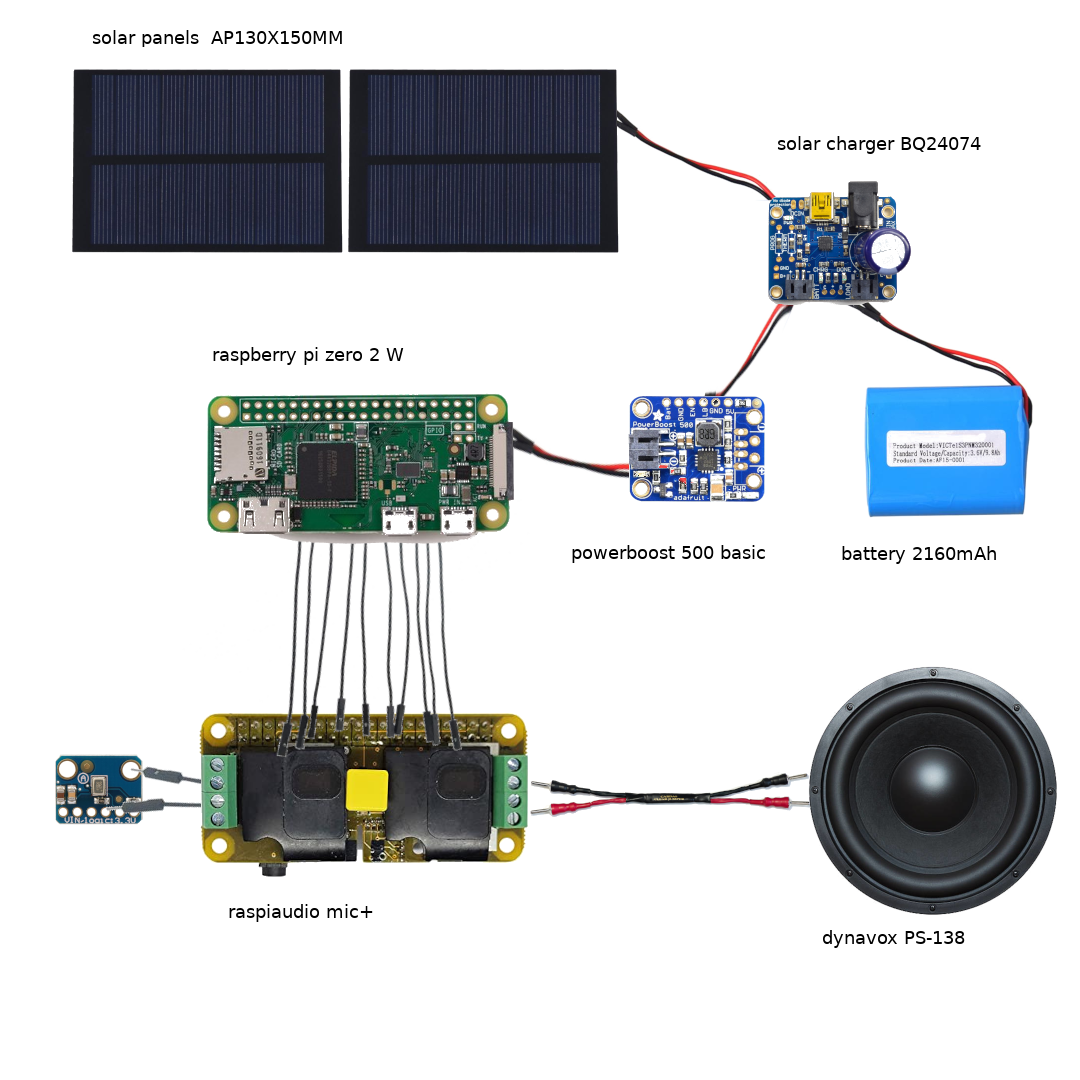
Components list
Custom Circuit
A small custom circuit connects the solar charger (BQ24074), the boost converter (Powerboost 500 basic) and the Raspberry Pi (GPIO 5, 6, 26). The circuit is built around a SN74HC03N NAND gate, which performs the logic to either turn on or off the the boost converter.
A complete explanation and guide for the implemented circuit can be found here:
https://www.instructables.com/A-Solar-powered-Embedded-System-for-Ecological-Aud/


Schematics
The circuit is built on a small strip of perforated board:
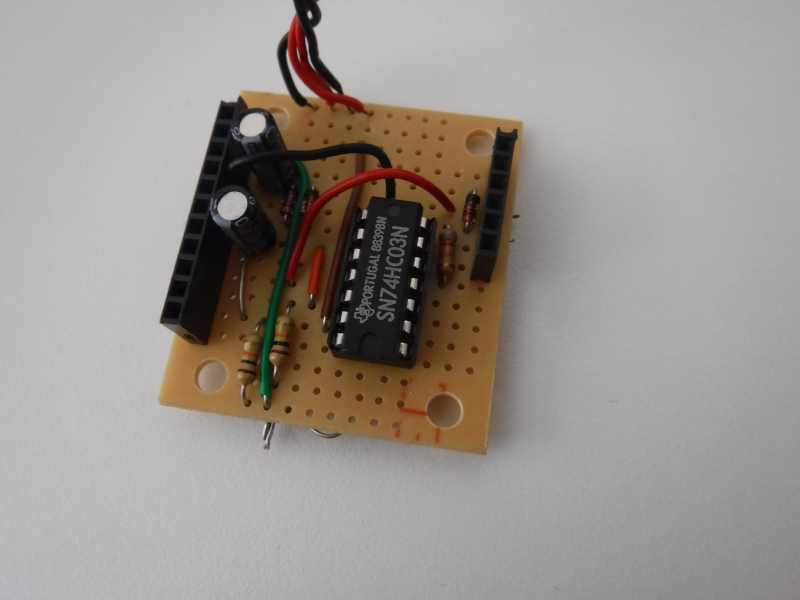
Circuit front
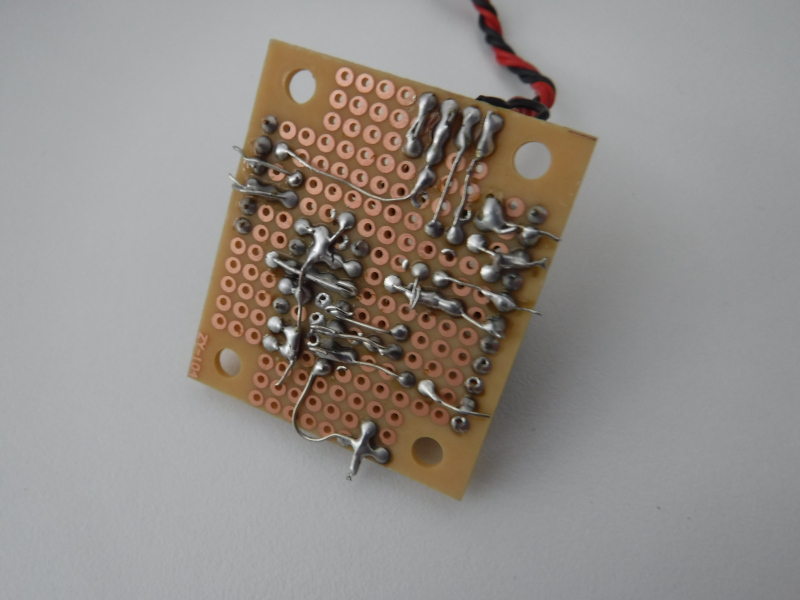
Circuit back
Solar charger and boost converter can be inserted in the sockets, while cables connect to the Raspberry Pi GPIO:
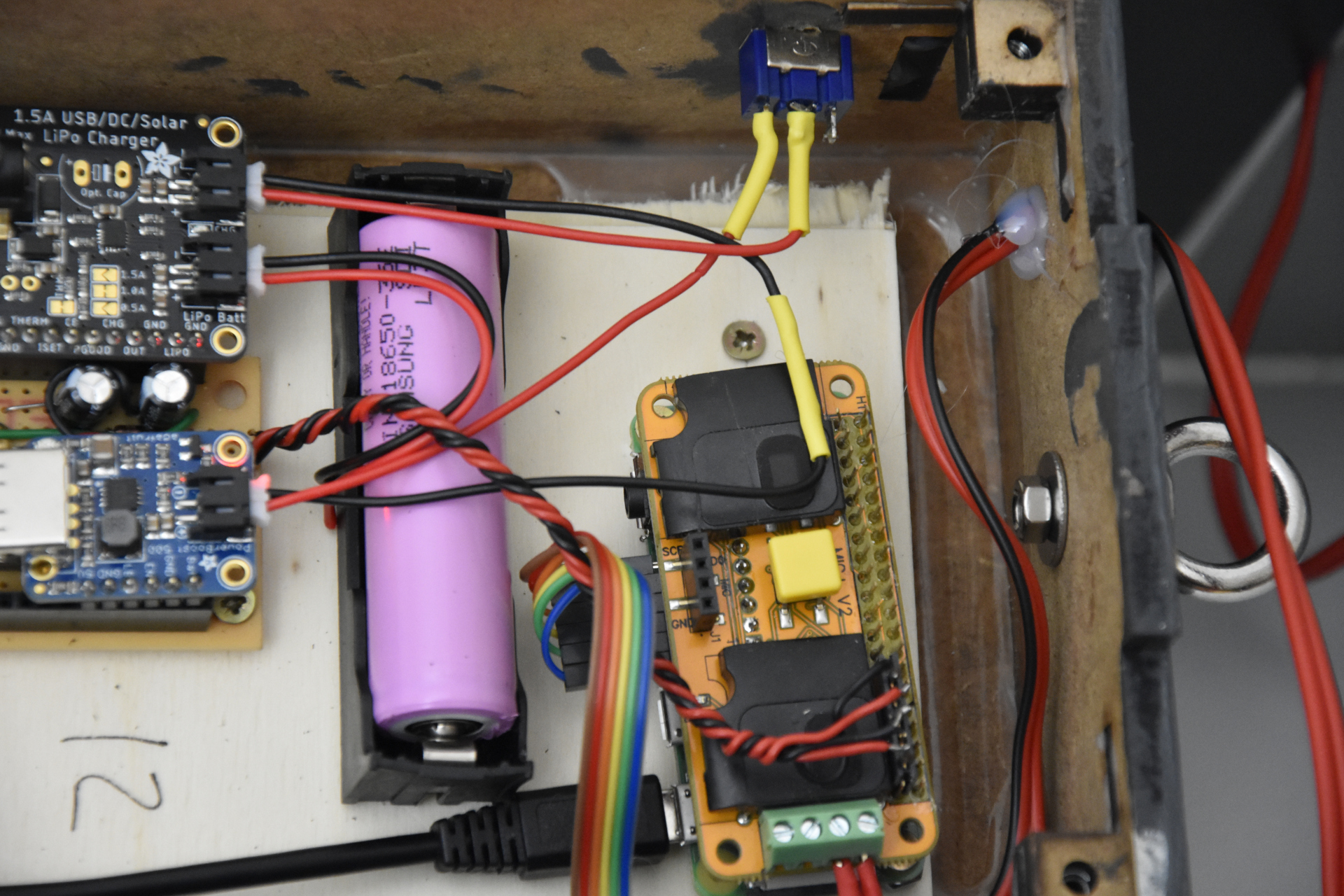
Hardware
Loudspeakers
Enclosures for the Dynavox PS-138 loudspeakers were laser cut.
CAD ls1 ls2 ls3
Electronics Enclosure
Electronics enclosure was also laser cut, with mounting points for the solar panels.
Enclosure 1 Enclosure 2





